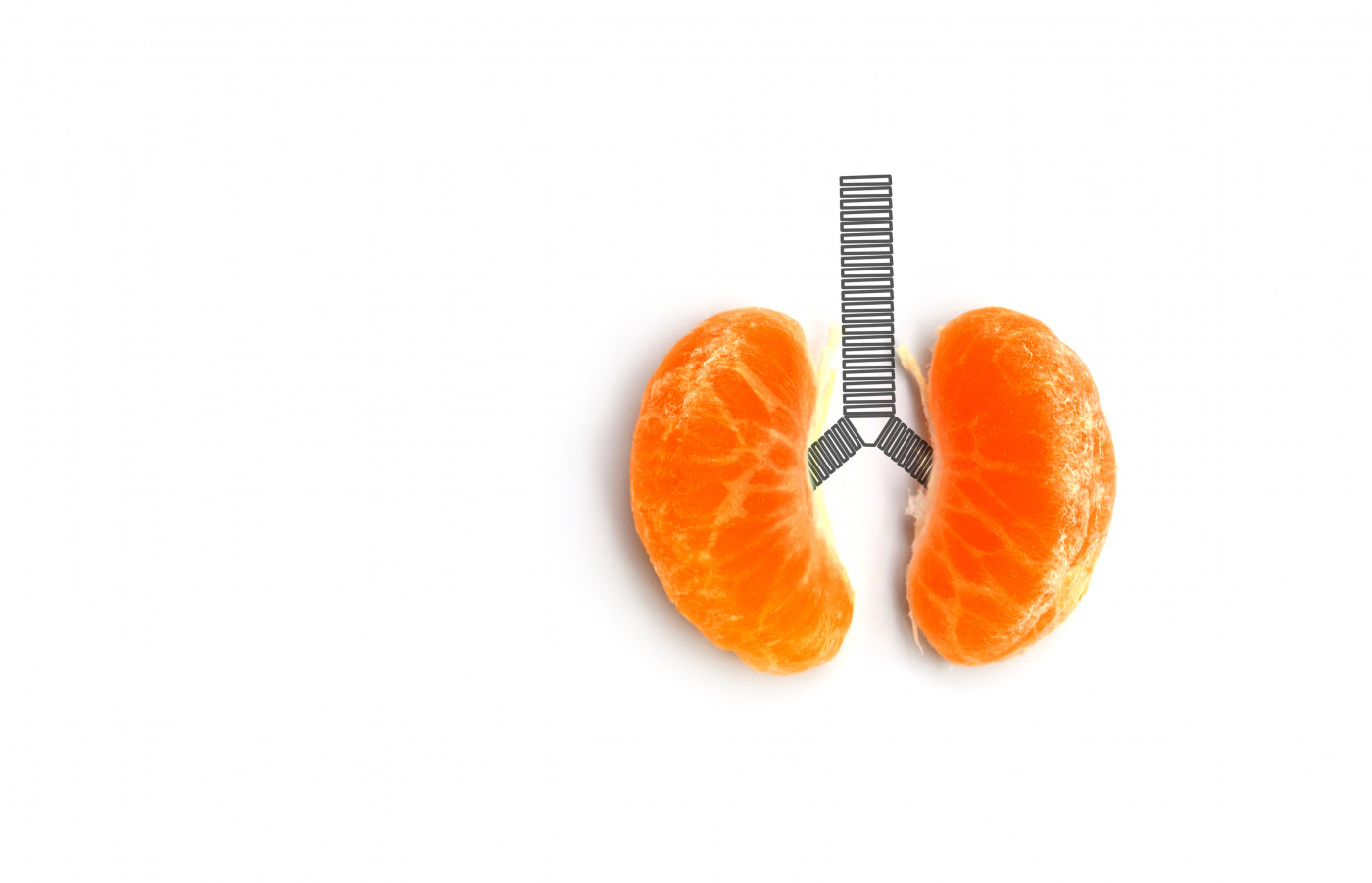Younger Sarcoidosis Patients Given Double Lung Transplants Show Better Survival Rates, Study Finds

Sarcoidosis patients given double lung transplants, especially at younger ages, show superior survival rates to those with other serious lung diseases, researchers report, suggesting these considerations guide the procedure.
Survival was also better in sarcoidosis patients of European descent compared to African-Americans, though more blacks were in the patient group studied than whites. The research noted that sarcoidosis in African-Americans tends to be more severe and quickly progressing.
Sarcoidosis patients can have varying degrees of lung involvement, ranging from mild to severe. Lung transplant is usually sought only in cases of severe lung involvement, such as in patients with advanced chronic obstructive pulmonary disease (COPD), bronchiectasis, cystic fibrosis (CF), primary pulmonary hypertension, idiopathic pulmonary fibrosis (IPF), and sarcoidosis.
Studies show that current lung transplant survival rates are high in COPD and IPF patients, but limited data is available for those with sarcoidosis.
In the study “White donor, younger donor and double lung transplant are associated with better survival in sarcoidosis patients,” published in the journal Scientific Reports, researchers aimed to assess survival rates in sarcoidosis patients who underwent a lung transplant, and compare them to patients with COPD and IPF. Data was collected from the United Network for Organ Sharing (UNOS) database.
The study involved three groups of lung transplant patients: 3,688 with COPD, 5,570 with IPF, and 469 with sarcoidosis.
Researchers at the University of Miami analyzed differences in survival rates over a 10-year period (2005–15) among the groups, and investigated whether variables such as gender, race and age affected survival in sarcoidosis patients. Analyses also considered the so-called lung allocation score (LAS), which is used to calculate survival probability for lung transplant candidates.
Around half of the sarcoidosis and COPD patients were female, while most of the IPF patients were male. African-Americans constituted 64% of the sarcoidosis group, while most of the COPD (90%) and IPF (82%) patients were of European descent.
Among the studied patients, those with sarcoidosis underwent a lung transplant at an earlier age (52.91 years) than those with COPD (60.92) and IPF (60.91 years).
Results showed that the survival rate following lung transplant in sarcoidosis patients was significantly higher compared to those with COPD and IPF.
Further analysis revealed that patients who were white and younger, those who had lower LAS, and those who had a double lung transplant had higher survival rates than other patients.
“Given that double lung transplant is associated with longer survival in sarcoidosis subjects, and those who are younger and have a lower LAS score at the time of transplant have longer survival, we would suggest double lung transplant as the procedure of choice, especially in younger sarcoidosis subjects and preferably those with lower LAS scores,” the study concluded.






